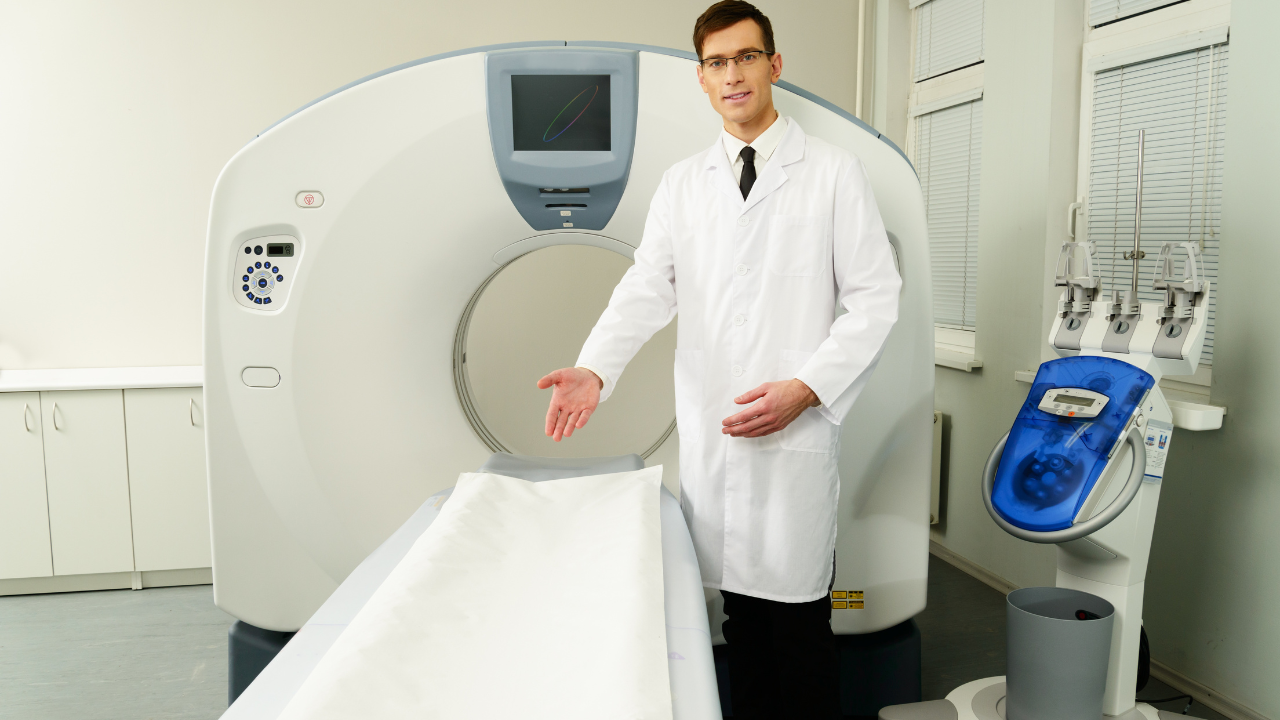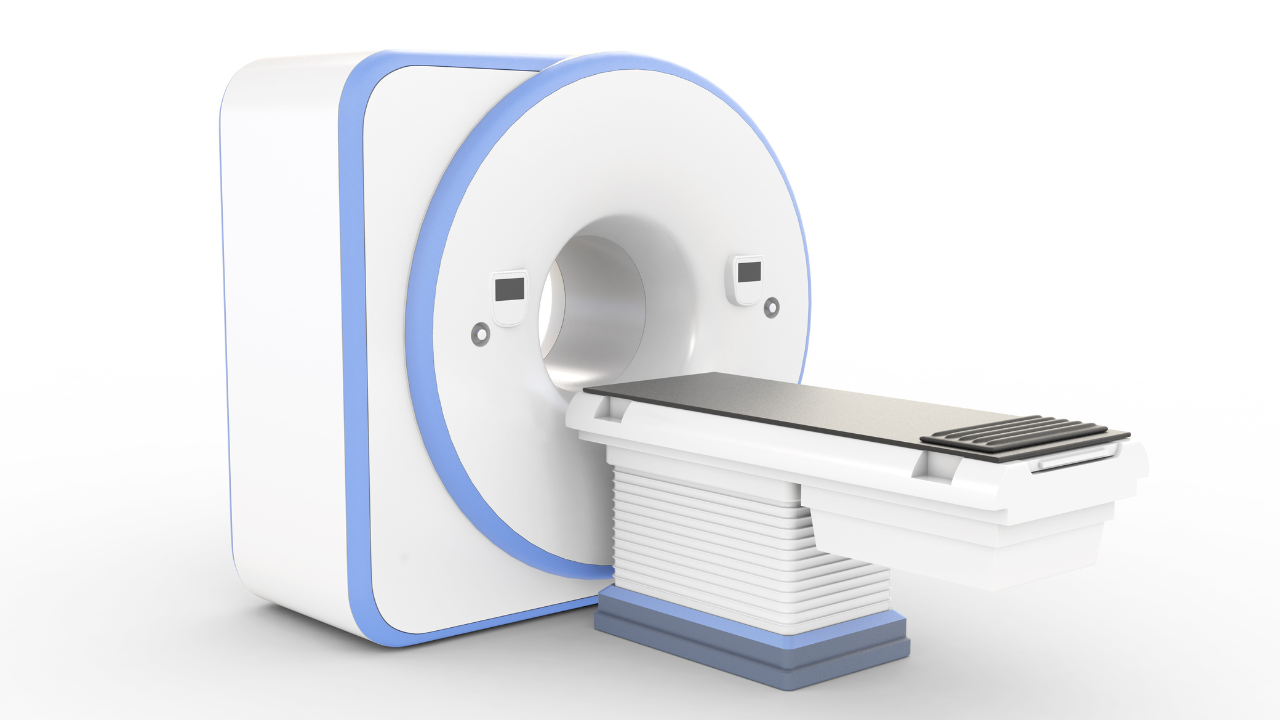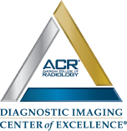Blog and News

The Importance of an Annual Mammogram

A mammogram is a specific type of breast exam used to aid in the early detection and diagnosis of breast diseases in women. This quick medical exam uses a noninvasive X-ray targeted to each breast, producing pictures that your doctor can use to identify and treat any abnormal areas, possibly indicating the presence of cancer.
Annual mammograms can detect cancer early — when it is most treatable. Mammograms find between 85 and 90 percent of breast cancers. In fact, mammograms show changes in the breast up to two years before a patient or physician can feel them.
Mammograms can also prevent the need for extensive treatment for advanced cancers and improve chances of breast conservation. Current guidelines from the American College of Radiology, the American Cancer Society, and the Society for Breast Imaging recommend that women receive annual mammograms starting at age 40 — even if they have no symptoms or family history of breast cancer.
The single greatest magnifier of the risk of contracting breast cancer is age. At age 25, your chances are one in 19,608. At age 50, your chances are one in 50. At age 65, your chances are one in 24. And your overall lifetime risk is one in 8. Another strong risk factor is a personal or family history of breast cancer. Other factors include:
- First menstrual period at an early age (before age 12)
- Late menopause (after age 50)
- First child after age 30
- Never having children
Talk with your physician about a diagnostic mammogram if you have breast implants, or if you have any of these symptoms:
- Lump or thickening in the breast or under the arm
- Marked asymmetry of your breasts
- Changes in the veins on your breasts
- Unexplained discoloration of your skin (redness or bruising)
- Shiny skin, or large pores
- Skin ulcers
- Dimpling, puckering, retraction of the skin or areola
- Fixed inversion of the nipple, which is a change from a previous examination
- Scaling, crusting or drainage of the nipple or areola
- Localized breast pain
Generally, a written report from your screening mammogram will be mailed to you and/or your physician. Reports for diagnostic mammograms are sent only to physicians. Then each patient is notified personally by her physician about the results.
Every woman needs mammography at an interval that is deemed appropriate for her age and risk factors. Remember, even if a breast lump is discovered by physical exam or mammography, more than 80 percent of them are noncancerous. So, the key defense for every woman is early detection.






